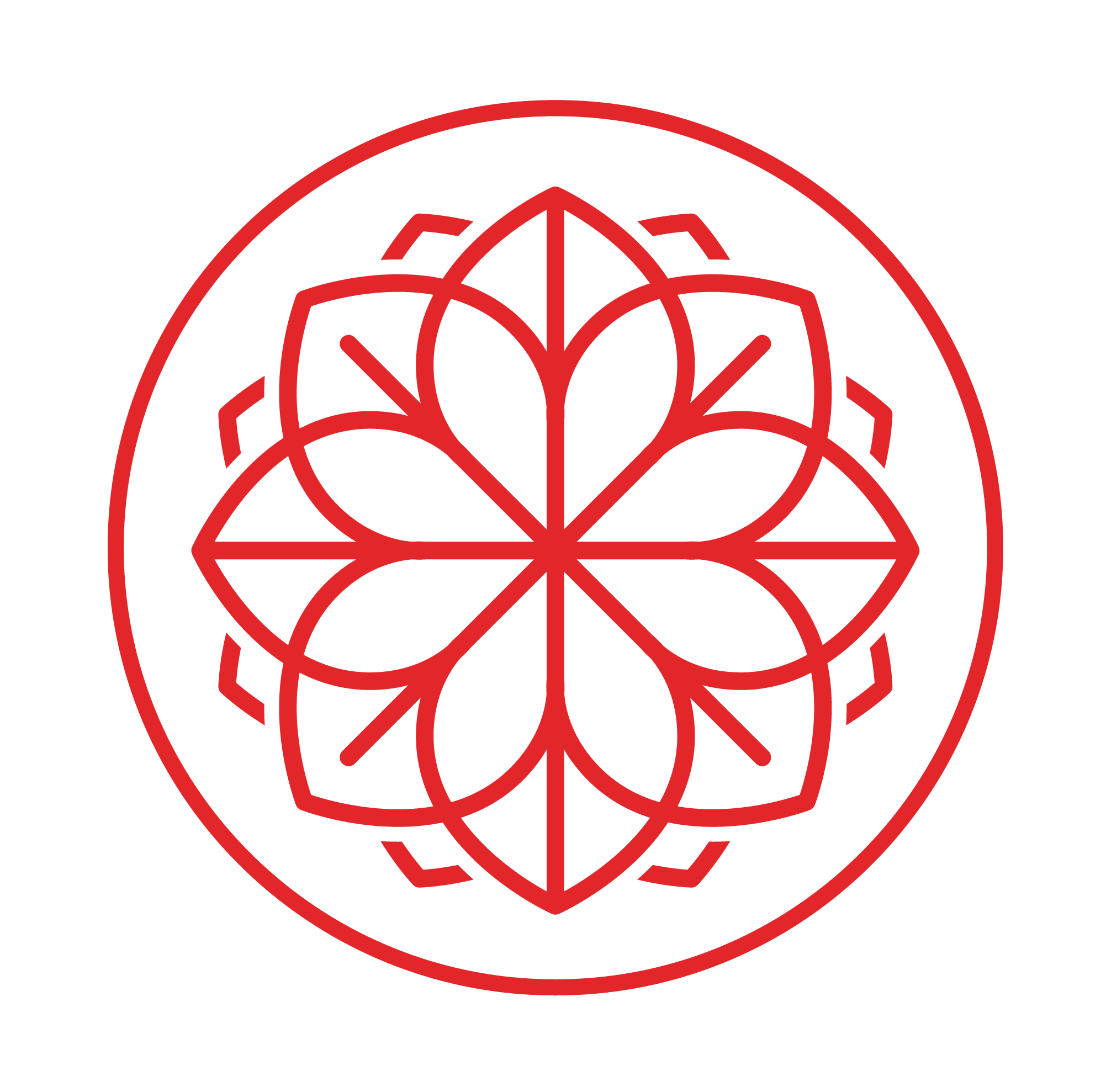Cravings are a behavior that's commonly talked about as something to be feel ashamed of - but cravings are one way that your body indicates it's not getting what it needs. The main categories of cravings are hunger, nutritional deficiencies, and emotion-based such as stress, loneliness and boredom.
The simplest way to tackle the root of your cravings is to eat when you're hungry. This may seem obvious to some, but many people have been trapped in a vicious cycle of dieting and restriction. Once we form this behavior of not allowing ourselves what it is we want, it can be difficult to listen to your body's cues and grant that permission. Switching this response can be a simple - though not easy - way to lessen your chance of overindulging and to relearn what is means to feel satisfied with food.
Nutritional deficiencies play a part in determining what types of foods you crave. For instance, if you crave healthy fats such as avocados and nuts, it may indicate that your body is reaching for more calories and needs more energy. If the quality of your sleep has suffered, a craving for fats can mean it needs help normalizing hormonal imbalances as sleep deprivation messes with your appetite hormones. If your cravings fall more in line with salty foods like chips or popcorn, hydrating the body with water and electrolytes can alleviate this imbalance.
Craving sugary foods have a wider range of causes such as low chromium, blood sugar or hormonal imbalances; or a need for increased calories since sugar is easy and quick for our bodies to utilize. Carbohydrates are a macronutrient many people struggle with. Many know that we need carbohydrates for energy, but a constant craving for them might mean a lack of the amino acid tryptophan. Tryptophan is needed to make serotonin so a lack of these carbohydrates can lead to low mood and anxiety. Lastly, a craving for animal proteins can mean you're consuming too little protein or the key minerals that are in meat.
Emotion-based cravings are some of the hardest to pinpoint but can be incredibly eye-opening and powerful to discover. When you find yourself wanting a "treat" after lunch - let's say a pumpkin spice latte or a cookie - is it because you're hungry? Or did your presentation or conversation with a client not go too hot? No one likes to feel not good enough, so we tend to cover up those feelings rather than express them to a friend or admit that something upset us. Getting a sugar high from a cookie or "treating" ourselves can mask these not-so-great feelings. However, confronting this pattern and identifying the "why" empowers you to make better decisions. Many things can act as triggers - uncomfortable situations, stress and wanting to feel included. If a coworker asks you to grab a frappuccino with them, you can still join them but maybe chose tea or regular coffee instead.
Besides identifying different types of cravings and their meanings, it's helpful to have some simple tips for getting on the other side of your cravings. Try out one of these tips the next time you want to reach for an afternoon candy bar or pick up ice cream on your way home from work:
1. Work It Out
Promise yourself that you don't have to make a decision about whether or not you're going to eat this food right now - you'll decide when you get back from the gym. Don't worry about swearing off this food forever, just make a deal that you'll put it off for an hour or so while you work out. Another benefit to trying this technique? You're releasing endorphins. These feel good chemicals give you the same mental buzz that you were looking for from the junk food. For many people this benefit kicks in after just 10 minutes of exercise, so in no time you'll be feeling good even without that chocolate. The best long-term return on this practice is that you're acting the way you want to feel: energized, satisfied and powerful over your cravings.
2. Distract Yourself
The idea here is to interrupt the craving and get the mood boost you're seeking from somewhere else. These distractions don't have to be meaningless, either. Use it as an opportunity to write down your health goals, organize a room you've been putting off or catch up with a good friend. You could also stretch or do some gentle yoga, look through old photos that make you smile or pencil in an hour of guilt-free "me" time to do whatever you feel like no matter how "unproductive" it is.
3. Visualize
Visualization techniques are used by many athletes and entrepreneurs - but you don't have to be either to see the benefit. If cravings are sabotaging your health goals, it might be worth finding a practice that can kick in when you're presented with temptation. Play a video in your head of yourself the way you want like to be in the face of this craving i.e. strong and committed, completely capable of resisting and concentrate on what that version of you would do.
If you can learn to identify cravings as cues from your body, you can better tune into how your diet is affecting your health and finally make headway towards your weight loss goals. Not sure where to start? Journaling your cravings for at least three days can offer insight into the cravings that individual to you as well as your triggers. Remember that it takes time to move past old habits and you may need to experiment with one or more of the tips above until you find a rhythm that works for you.

